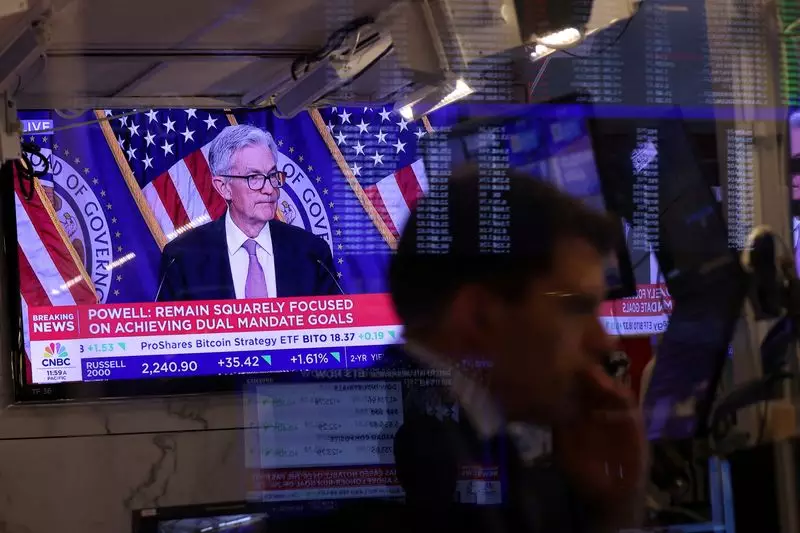The Federal Reserve’s recent decision to lower interest rates by 50 basis points has garnered significant attention in financial circles. However, what is more pressing than the rate cut itself is the Federal Reserve’s modified outlook regarding the trajectory of interest rates in the forthcoming years. As communicated by policy makers, there is an indication that the shift away from a historically restrictive monetary policy could arrive sooner than initially anticipated. Furthermore, the ultimate target or ‘neutral’ rate seems poised to be slightly elevated compared to previous expectations.
This alteration signals a transition to a more cautious easing cycle. Policymakers appear to be adopting a strategy that pivots from prolonged high interest rates towards a scenario that encourages mild economic growth. The consensus among Fed officials is to act quickly and decisively while the economy shows resilience, with the hope of avoiding a recession. In essence, the Fed maintains that a ‘soft landing’—where growth continues without triggering inflation—remains a plausible outcome.
As the Federal Reserve adjusted its fed funds target to a range of 4.75% to 5.00%, it marked a significant moment in the financial arena. The adjustment, albeit marginal in numerical terms, reflects a broader shift in anticipation of future economic performance. The Fed’s median projection for the long-term federal funds rate has increased to 2.9%, a leap from 2.8% noted in June, marking the most substantial elevation since 2018. It begs the question: what do these numbers signify?
The approach of a neutral rate—where monetary policy neither stimulates nor restricts economic growth—has now been revised, indicating it would not be reached until at least the end of 2026. This estimation highlights the likelihood that monetary policy will remain in restrictive territory for an extended duration. Such a viewpoint runs counter to the earlier Fed narrative that embraced a longer-term ‘higher for longer’ paradigm in interest rates.
Fundamental to the analysis of the Federal Reserve’s decisions is an understanding of the real rate of interest currently being observed. Recent estimates suggest that as of March, this rate stood approximately 1.15 percentage points above what is deemed the natural rate—characteristics historically preceding economic downturns. Currently, the real fed funds rate, adjusted for inflation, is at its peak in nearly two decades. This economic backdrop indicates a tightening policy landscape that has existed for some time.
Moreover, insights from JP Morgan underscore that when juxtaposed against estimates of ‘R-Star’—a theoretical economic benchmark—current policy is more restrictive than at any point in the last three decades. ‘R-Star’ represents the equilibrium real interest rate necessary to maintain an economy at full employment, generally fluctuating based on shifting economic conditions and expectations. Even if this measure is often viewed skeptically due to its theoretical nature, it remains central in macroeconomic discourse.
Market participants reacted swiftly to the Fed’s announcements. Following the interest rate decisions, bond yields experienced an uptick while equity markets faced declines. This suggests that expectations regarding long-term rate reductions have been calibrated downwards, indicating that optimism surrounding ultra-low rates may not materialize as previously surmised. The anticipated reversal in policy direction denotes a shift in the financial landscape that warrants investor vigilance.
Chair Jerome Powell’s statements further emphasize the data-driven nature of forthcoming Fed decisions. Market behavior will continue to reflect speculation and adaptation surrounding economic indicators and Fed responses. Investors must remain alert, as the trajectory of interest rates, guided by incoming information, could influence their strategies in the ensuing years.
The Federal Reserve’s positioning reflects a complex mixture of caution and confidence. As policymakers navigate the economic landscape with a revised strategy regarding interest rates and future economic prospects, the implications for labor markets, consumer spending, and overall growth remain critical areas of focus. The prospective shift to a slightly elevated neutral rate signifies a conjunction of immediate considerations and long-term planning aimed at sustaining economic health. Investors and stakeholders alike must consider these dynamics holistically as they chart their paths in an evolving financial environment.

